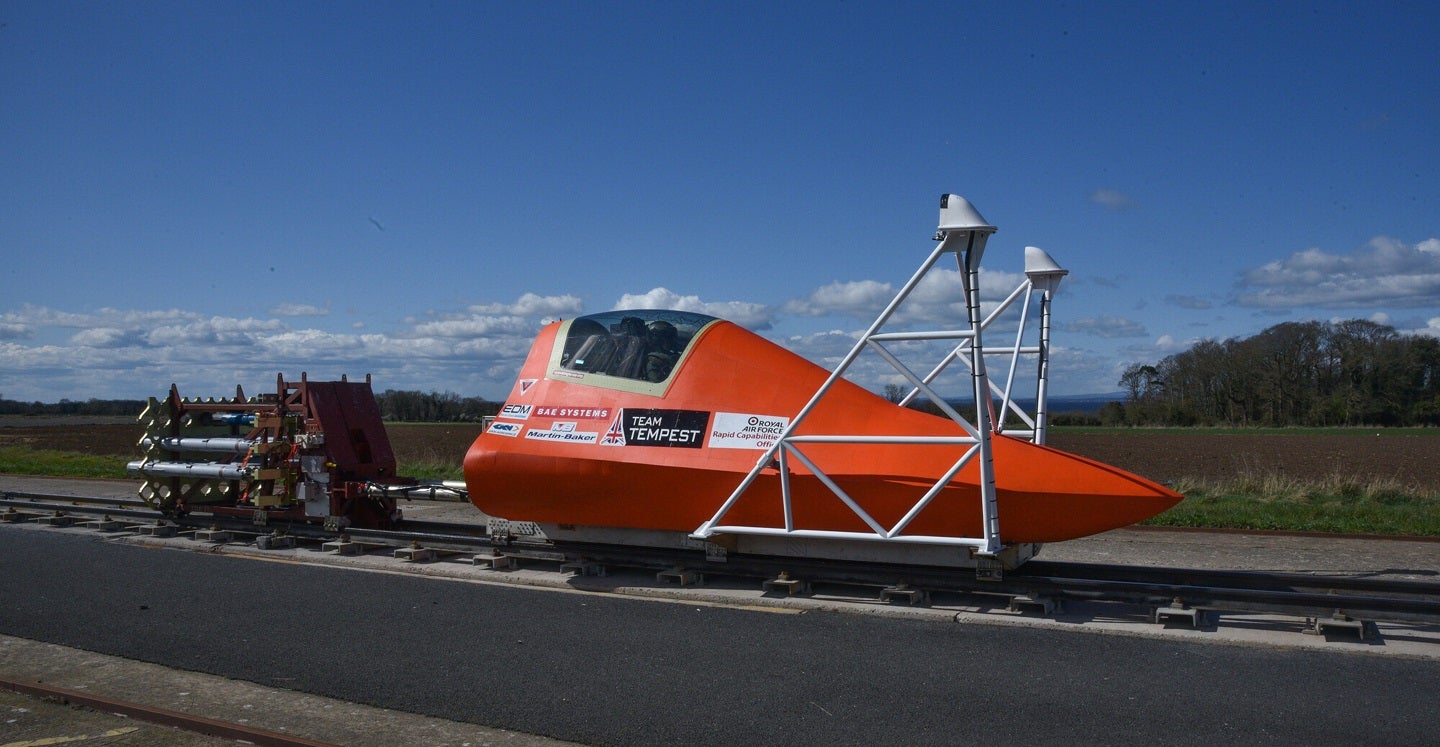
Experts from BAE Systems, Rolls-Royce, Leonardo UK, MBDA and the UK Ministry of Defence (MoD) reveal new information about the techniques and processes used to develop the demonstrator for project Tempest.
This next-generation, supersonic stealth combat aircraft will be inducted into the Royal Air Force (RAF), coming into service from 2035 to replace its Typhoon fleet – a combat aircraft that has been in service since 2003.
The combat flying technology demonstrator, first announced by the UK government in July 2022, is set to fly in the next four years. This demo is being designed using a range of innovative digital techniques and processes, combine with the expetise of UK aerospace companies in “Team Tempest.”
The Tempest project is Britain’s contribution to the Global Combat Air Programme (GCAP) alongside Italy and Japan. GlobalData, a leading data and analytics company, expects the UK to spend $926m in 2023, which is projected to grow to $1.1bn by 2033.
New tech and processes for the demonstrator
In a first for military aircraft design, BAE Systems’ engineers have used auto coding to create safety-critical systems software in a matter of days rather than week.
This enables rapid assessment of the flight control systems during more complex flight manoeuvres with the simulator capturing crucial data about how the jet will handle and perform, years before its first flight.
How well do you really know your competitors?
Access the most comprehensive Company Profiles on the market, powered by GlobalData. Save hours of research. Gain competitive edge.

Thank you!
Your download email will arrive shortly
Not ready to buy yet? Download a free sample
We are confident about the unique quality of our Company Profiles. However, we want you to make the most beneficial decision for your business, so we offer a free sample that you can download by submitting the below form
By GlobalDataEngineers have also been carrying out aerodynamic engine testing. This harnesses new advanced manufacturing processes to produce an engine duct which is uniquely shaped to slow the air from supersonic to subsonic speeds at the engine face.
The intake has fewer moving parts than a traditional fighter jet design, which enhances the aircraft’s stealth design.
This range of technologies will test key elements of the next generation combat air design as well as skills, tools, processes and techniques needed to develop Tempest for GCAP.







